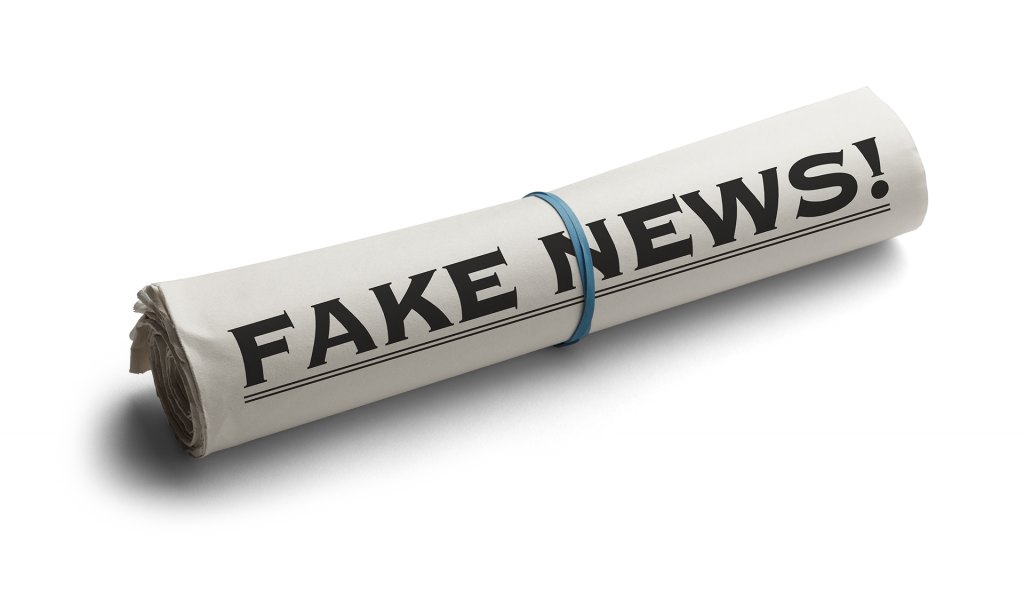Halbe’s thin ice
A little stretch of the truth shouldn’t be a problem, should it? Usually I don’t want to be more royal than the king, but when it comes to facts, I do. Recently the Dutch Minister of Foreign Affairs made a terrible lapse because he had treaded on thin ice knowingly. On the eve of his visit to Russia he thought it wise to confess to Nathalie Righton of the Volkskrant newspaper that he had never been in the dacha of the most powerful man of this nation to hear his statements on a greater Russia. As a reputation expert I will take the concerns of the Rutte administration about the spreading of fake news with a pinch of salt from now on, also because politicians tend to be economical with the truth if it suits them. If you delve into history you will soon find examples of fake news, another word for propaganda. For example, how in the early 1900s Leon Trotsky, the people’s Commissar for Foreign Affairs and a confidant of another powerful Russian, Vladimir Lenin, was manoeuvred out of power by arch rival Joseph Stalin through smart propaganda. Stalin – the term photoshop had not been invented yet – had photos manipulated to wipe out Trotsky.
Thanks to modern Internet technology, spreading propaganda via social platforms has become much easier than it used to be. By sharing with followers, dissemination is faster too. Since Trump won the presidential election and the Russians were said to have interfered, politicians in several parts of the worlds have claimed that fake news compromises democracy. This prompted the EU to initiate a fake news task force, which is more like an institute of censorship. This task force mainly collects fake news on the Russian influence on the West. After publication of a list, media expert Alexander Pleijter of Leiden University (among others) called their work method amateurish in a current affairs programme, prompting the task force to immediately remove several articles from their list, damaging their reputation as a watchdog.
How can we arm ourselves against propaganda? First of all, journalists certainly have an important task here that proves the article of Natalie Righton. Checking facts is higher on the journalistic agenda again. Editors have themselves trained by an international platform such as Bellingcat which, using the techniques of the same Internet that spreads fake news and showing ingenious journalistic craftsmanship, is bringing facts to light about, for instance, the MH17 disaster. Secondly schools have a task also. Reading news is a skill that can be learned. Teach children how to distinguish news from propaganda, for instance in history and social studies classes. But media wisdom can also be taught in computer classes, when children learn to program. Thirdly, there is a task for communication strategists, no matter how stubborn politicians are. Halbe Zijlstra’s lapse teaches us that facts should also be sacred to good communication strategists, as they know exactly that the bringer of guile and deception will eventually fall from grace.
Maria Henneman
February 2018
